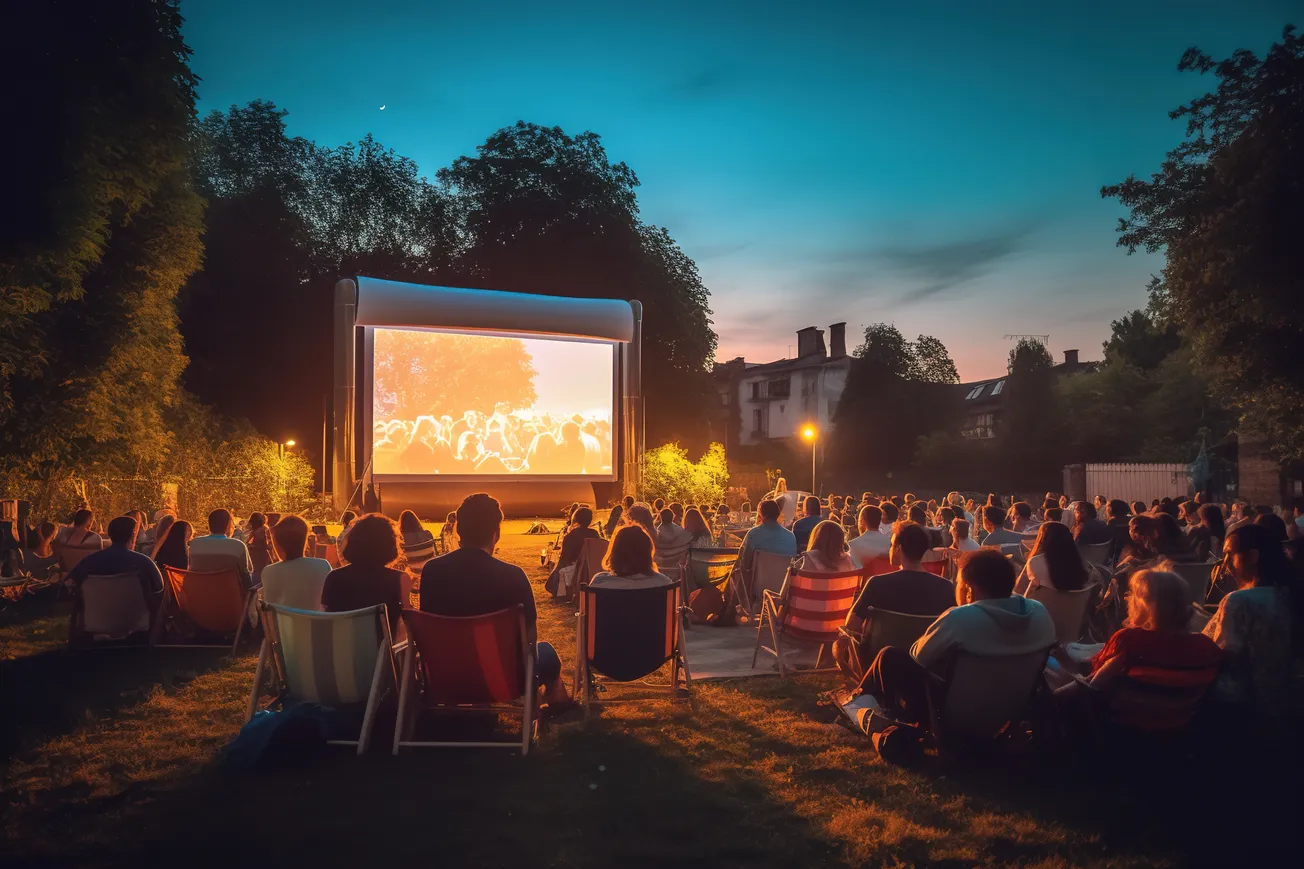YouTube's introduction of its new Communities feature is part of a broader trend where content platforms are focusing on deepening the engagement between creators and their audiences.
This feature, allowing creators to interact more directly with their fanbase through dedicated tabs on their channels, aligns with YouTube’s aim to give subscribers more control over interactions, reducing the pressure on creators to maintain engagement solely through video uploads.
However, YouTube isn’t the only major platform pursuing this strategy. Spotify, the music and podcasting giant, is also making moves to bolster its content by focusing on video.
As reported by Bloomberg, Spotify is now offering deals reaching up to seven figures to video creators, encouraging them to distribute their shows on Spotify alongside YouTube. This shift signifies Spotify’s increasing interest in video as a content medium, following its successful push into podcasting since 2019, when it spent over $1 billion on acquisitions in the space.
Spotify’s video expansion echoes its earlier strategies in the podcasting industry, where it became a significant player by acquiring companies like Gimlet Media and securing exclusive podcasting deals, such as with Joe Rogan. The company now seeks to lure YouTube creators, promising support in marketing and visibility, without requiring exclusivity or taking full control of ad sales. This flexibility could attract creators who are looking for additional platforms to share content without the constraints of long-term contracts or loss of control over their shows.
The company has already integrated video with several podcast creators, including Joe Rogan, whose move to Spotify in 2020 required the platform to introduce video support. Emma Chamberlain, another popular creator, also embraced the video format in her Spotify-exclusive podcast. However, what makes Spotify’s latest move notable is that it is specifically targeting creators who are already successful on YouTube, hoping to tap into their established fan bases.
Despite these efforts, one challenge Spotify faces in convincing creators to embrace its platform is the additional workload required to manage content on yet another service. For many video creators, the financial appeal of YouTube’s AdSense model, which generates significant revenue, remains a key advantage. Historically, Spotify’s video offering has not been seen as competitive because it lacked the robust, automated advertising infrastructure available on YouTube. However, recent changes indicate that Spotify is now building out its video ads product, which may make the platform more attractive to creators looking for new revenue streams.
There are additional technical challenges involved, particularly for podcasters. Spotify’s model of pulling audio directly from video could disrupt the traditional system of dynamic ad insertion, a critical part of the podcasting ecosystem. Dynamic ads, which can be swapped in and out based on time and listener demographics, have allowed podcasters to maximize revenue by selling ad slots multiple times for different campaigns. However, when podcasters upload videos to Spotify, they lose the ability to use these dynamic ads, as the platform pulls audio from the video feed rather than the traditional RSS feed.
This shift presents a dilemma for creators who rely on dynamic ads for monetization, particularly if Spotify and YouTube, the two largest podcast platforms, begin to sway more creators to adopt video formats. The growing reliance on baked-in ads (ads embedded permanently in the content) could reduce the flexibility and revenue potential for podcast creators, forcing them to reevaluate their distribution strategies across platforms.
Ultimately, YouTube's Communities feature and Spotify's push into video share a common goal: enhancing user engagement and creator empowerment through innovative tools. Both platforms recognize the power of video as a medium to strengthen the creator-fan relationship, but their approaches differ significantly. YouTube is leveraging community interaction within its platform, encouraging fan participation directly, while Spotify is focusing on expanding its video catalog by attracting established creators from other platforms.
As these platforms evolve, the digital media landscape is shifting towards a more integrated, multimedia approach, where creators are expected to juggle multiple forms of content to maximize engagement and revenue. With both YouTube and Spotify making aggressive plays in video, the future of content creation and the choices available to creators and their fans is likely to increase.









